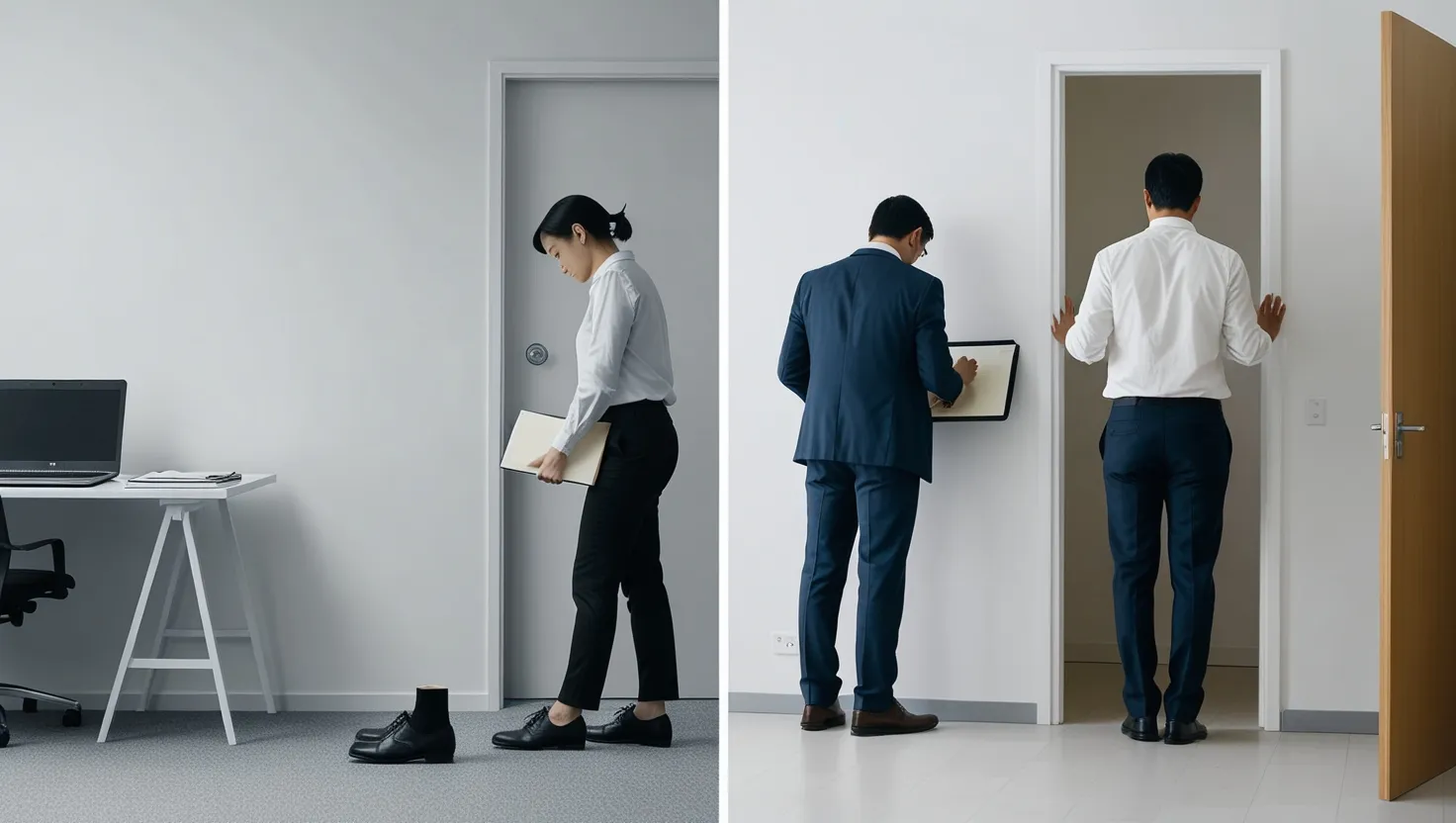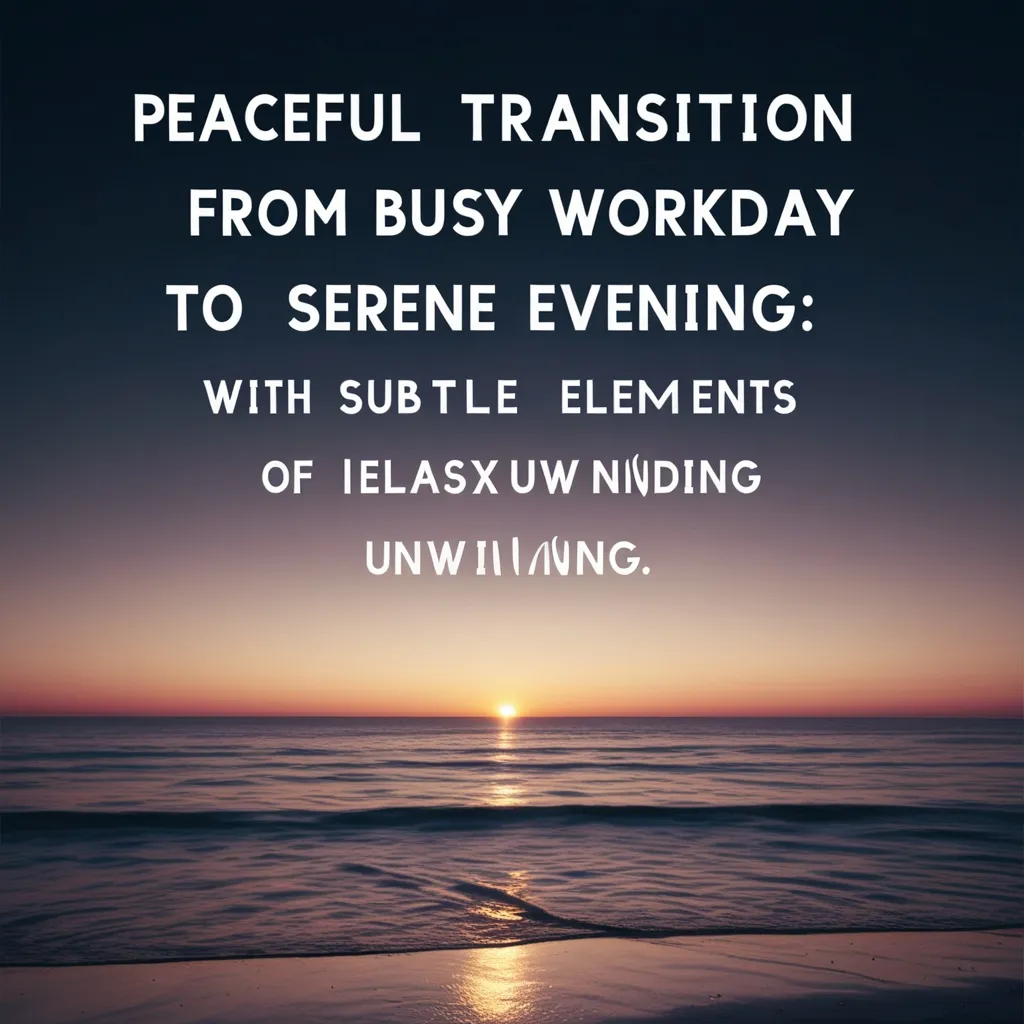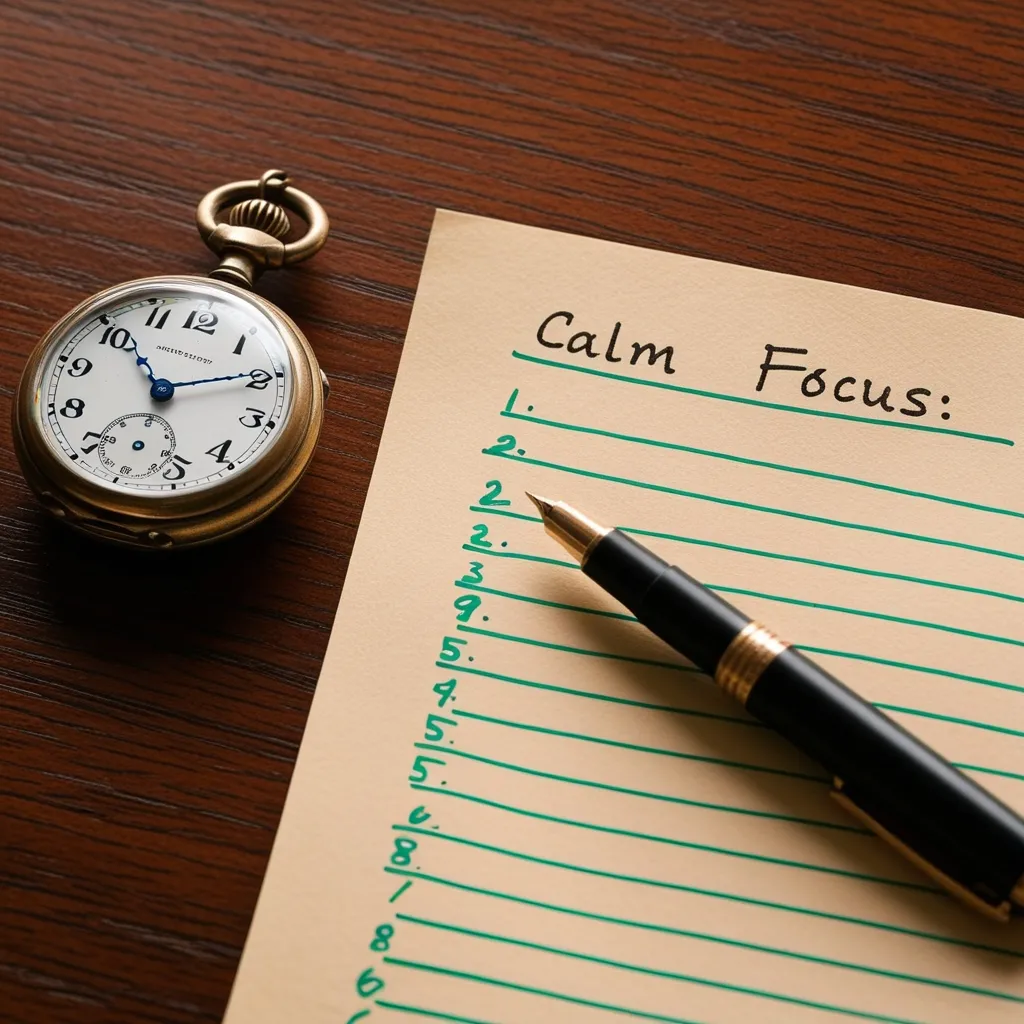In today’s whirlwind of meetings, emails, and never-ending to-do lists, one thing’s for sure: we all crave a little peace of mind when it comes to managing our tasks. Enter Zen to Done (ZTD), a productivity method with a touch of simplicity and mindfulness, crafted by the guru of simplicity himself, Leo Babauta. It’s about ditching the chaos and narrowing down to what genuinely matters, all while keeping things as straightforward as possible.
Picture yourself staring down a monstrous to-do list that seems to sprout new tasks by the second. It can make anyone want to crawl back into bed. But imagine trimming that beast down to just a trio of critical tasks. Not overwhelming, right? This trimming down is at the heart of ZTD’s approach. It suggests that instead of juggling twenty tasks, hone in on your Most Important Tasks (MITs) or your week’s “Big Rocks.” This laser focus makes sure that the energy spent today is pushing forward the things that truly count.
Now, let’s talk about focus. Like, really laser-sharp focus on doing one thing at a time. Our brains aren’t wired to weave through multiple tasks like a superhero dodging bullets. Multitasking, contrary to popular belief, is no superpower—it’s a drain on productivity. ZTD’s mantra encourages picking a task, shutting off distractions (yes, even that alluring phone buzz), and giving it your undivided attention. Think of it as zen for your workload. Set a timer if need be, get into the groove with no disturbances, and watch as your productivity levels soar past dizzying heights.
But with ZTD, it’s not just about what you do—it’s about how you keep track. We’re not talking elaborate tools or color-coded graphs but rather keeping lists as simple as possible. Forget complex software packed with tags and functions you’ll never use. Choose a method that’s as easy as a pencil and paper if you must. Each task should be where it’s needed, whether it’s tagged @work, @home, or even @errands. Keeping it straightforward means less time fiddling with lists and more time making headway on what really matters.
And then there’s the workspace—a sacred little arena where the magic happens. It’s tough to be productive amidst chaos, right? ZTD nudges you toward tidying up that desk and having everything find its rightful place. A clean desk equals a clearer mind, letting you tackle tasks without the creeping clutter.
Yet, even as we navigate chores and responsibilities, never let passion slip off the radar. There’s an undeniable joy that comes when the work resonates with inner desires. ZTD reminds us to keep a pulse on our passions within professional endeavors. Choose work that lights a spark rather than douses the flame with dread. Tasks transform from chores to wins, making motivation a natural byproduct.
A unique twist to ZTD is the notion of habit-building one step at a time. No abrupt overhauls, no flipping life upside down overnight. Start small, like noting every little task and idea roaming your mind. Once collecting’s a breeze, embrace another habit, like processing that full list by planning out when and how to chip away at the essentials. Slowly but steadily, productivity roots itself without overwhelm.
Mindfulness threads itself through ZTD’s practice like a cool, calming breeze. Each task isn’t merely another item—it’s a mindful engagement, enriching productivity through presence. The trick lies in doing one thing mindfully at a time. Let go of task-switching, and let focused moments steer the daily grind. Breathe, tackle one thing, and stay in the moment—recipe for focused days.
As malleable as clay, ZTD can be molded to fit any lifestyle or work setting. Whether you’re grinding through work projects or hitting the books, this method flexes to suit varying demands. Shape the system to balance those demands, making it a unique fit for personal goals.
But change doesn’t come overnight. Like a diligent gardener, ZTD maintenance requires consistency. Reflect on your progress, tweak those lists, and uphold the daily habits. A rhythm emerges through such consistency, automating productivity into your day.
And the whole multitasking myth? Bust it. Pick a task and make it priority number one. Focus banishes inefficiency. Concentrated effort on tasks ensures every move counts toward completion. Fight the urge to juggle ten things; instead, give one task all the spotlight.
By integrating Zen to Done into daily life, not only does the work get done—stress levels shrink, and productivity gains a more mindful flavor. The formula is straightforward: prioritize, focus, simplify. Tasks feel less like a mountain and more like a pathway leading to a fulfilling and balanced life with a dash of zen.






